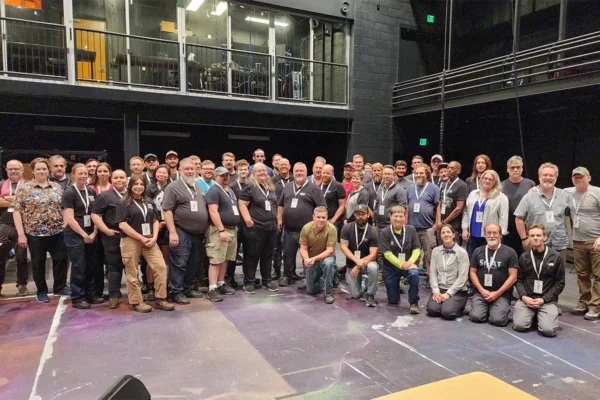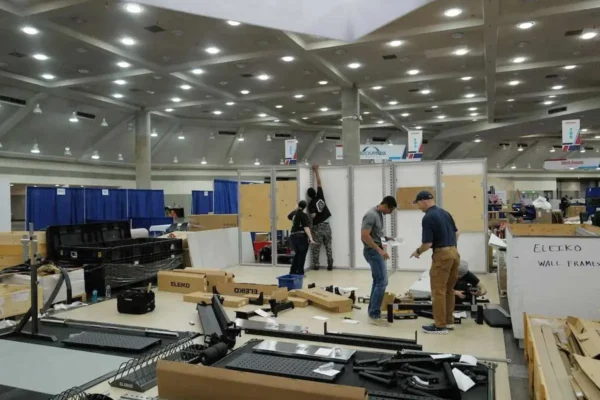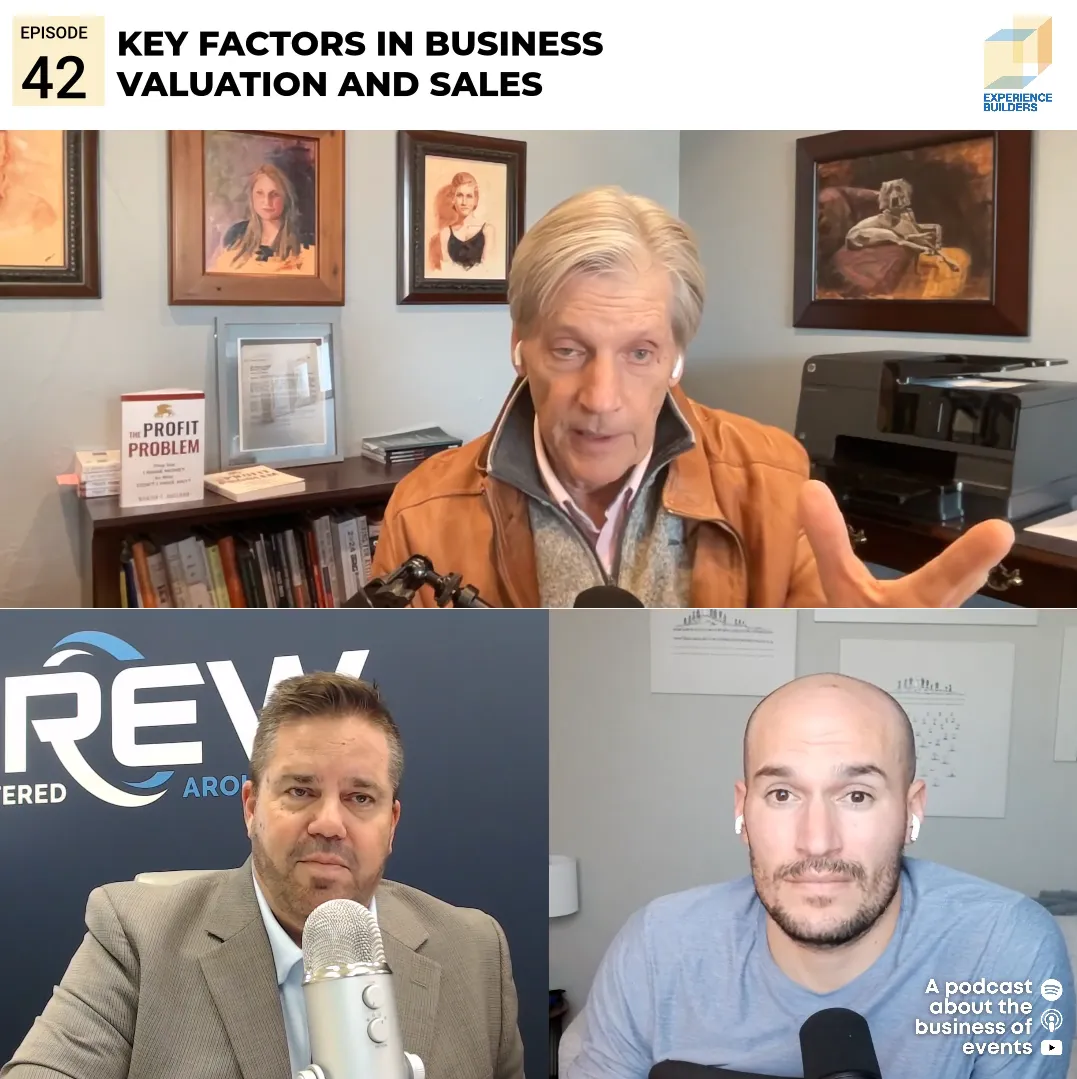I’m not going to lie: When I say I work in the trade show biz, I get mixed reactions. Eighty percent of the population’s eyes glaze over. The other 20 percent light up, because they want the inside scoop. They want to know my secrets: how exactly do you drive high ROI from trade shows. Trade shows are kind of a necessary evil – to younger generations, I think they feel staid and old-fashioned.
Yet in certain industries, trade shows are still the place where the real deals happen. If you’re in one of those industries, what can you do to make sure that dollar for dollar you’re generating leads, converting customers, and attracting press attention?
Know the lay of the land: Have you poured over the list of attendees and exhibitors? This is the single best way to figure out how to prioritize your time. Should you be organizing a dinner for the bunch of existing customers that are attending? Is there a high-priority potential partner that you need to hunt down and get a meeting with, no matter what? Are your competitors displaying information that you would be crazy to miss? I’ve found that it’s hard to fashion useful goals for trade shows without first knowing who is going to be there.
Go in with a goal: I can’t tell you how many people I see wasting thousands of dollars because they don’t approach a trade show with a specific agenda. The right goals aren’t “generate leads.” The right goals are:
- Connect with executive from company “X”
- Get 20 leads from this type of company
- Get an onsite meeting with this potential customer
The clearer you are about your goals, the more ruthlessly you can pursue them during the trade show. You’re also better equipped to manage follow up after the show is over.
Have a three-stage plan: Specific challenges can arise when you think of your trade show experience in terms of only your “at-show” agenda. Instead, think about your pre-show, at-show, and post-show plans. When I broke my show timelines into these areas and tied it into my understanding of the audience and my goals, the right tactics quickly presented themselves. I could then make decisions about following up with direct mail, phone calls, meetings, sponsorship, and online activities.
Don’t overlook direct mail: Some of my biggest successes came from direct mail (both traditional and online) in the four weeks leading up to the show. Mail at regular intervals, and segment your target lists accordingly. The key factor to consider is the following: what piece of collateral or valuable information can you share that is benefit rich and will get them to your booth?
Invest enough to get a decent space at the actual show: Budget is always a concern, and you can’t always afford the best space. I’ve heard it said that showing up in a crappy space is better than not showing up at all. But when you’re stuck in the corner where no one goes, it’s hard to make a dent in your goals and your ROI suffers. Instead, if you have to cut, cut from somewhere else and get a decent space with a booth that stands out. It’s entirely worth the investment.
People are the key: Finally, the worst thing that can happen is a booth that gets an onslaught of interested customers that drift away because the two people manning the booth are overrun. I don’t care if you have to bring the receptionist, the intern, or a sales guy you hired off Craigslist. The point is – figure out who your event team is early, train them on the products, unify your team through talking points, and use all this as leverage to generate a real return at the show. It doesn’t take a star sales person to collect business cards and answer basic questions.
ROIs for trade shows can be measured in many ways. But at the end of the day, I’ve always had success by investing in the right things (the booth and my team), knowing who is at the show, having clear goals to accomplish during the show period, and working my follow up smart and aggressively. Let me know what tips help you get a good ROI that I might have missed.
Timothy Carter is the Digital Marketing Manager for Nimlok Displays, a division of Orbus Exhibit & Display Group. He is also a columnist at Marketing Land, Small Business Trends and AuthorityLabs.





























